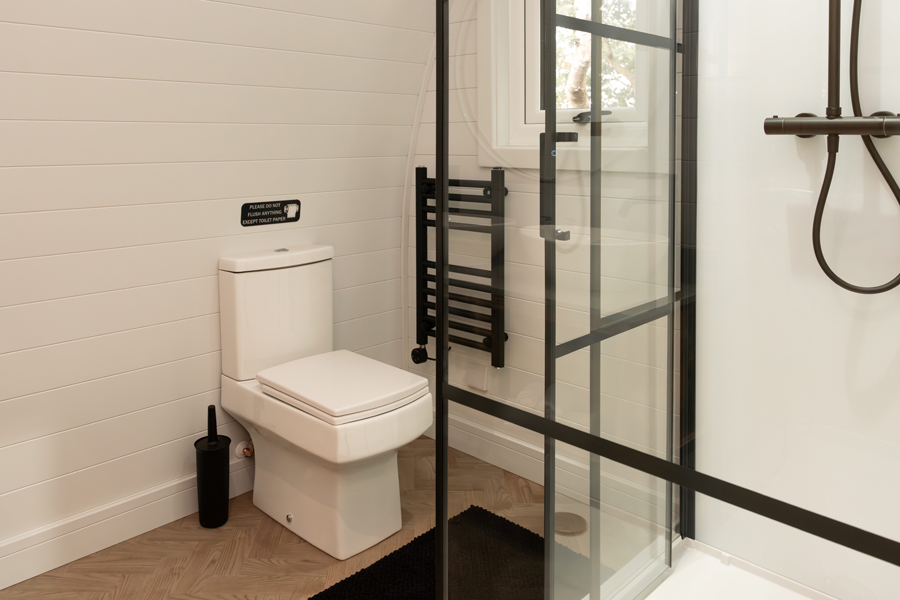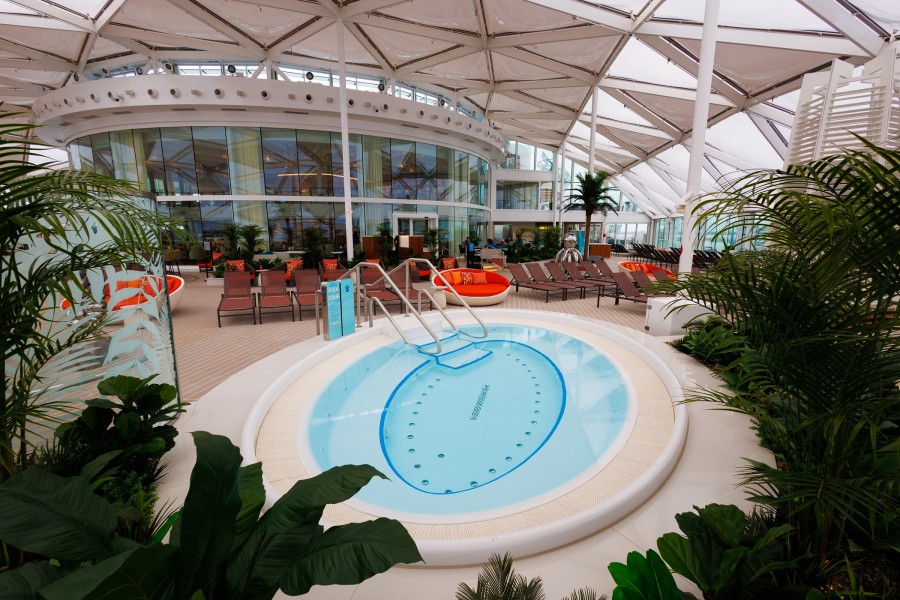UK legislation demands reliable, good quality emergency lighting to ensure that escape routes are properly illuminated so that people can see to get to a place of safety in a building emergency. Fast panic-free evacuation is absolutely essential.
ICEL, the emergency lighting arm of the Lighting Industry Association (LIA), explains why it is crucial to specify certified central emergency lighting power systems (CPS) for life safety.
Safety in buildings is paramount, which is why regulations must be adhered to and standards kept, and why awareness of safety issues in workplaces and the public domains should be promoted.
Building regulations require emergency lighting to provide enough visibility for people to escape in a building emergency, such as a fire. The responsibility for ensuring this lies with the building owner/occupier, with consultants and specifiers setting the specification and scheme design for installers.
OEMs and maintenance companies must comply with the appropriate regulations and standards - ideally through an appropriate compliance scheme. Building Control or other inspection bodies have ultimate authority.
ICEL can help in assisting emergency lighting system designers, installers, maintainers and users by giving third party assessed training to help them demonstrate their competence. Emergency lighting manufacturers that are ICEL member companies can provide certified central emergency lighting power systems for building owners’ and managers’ peace of mind.
In terms of emergency lighting for a specific building, decision makers need to take into account regulatory compliance, performance, practicalities, cost-effectiveness, safety and aesthetics. Before choosing a central emergency system, therefore, it is necessary to look at the main types and weigh up the pros and cons for the medium to long term, because emergency lighting must be relied upon for many years ahead.
There are essentially two main choices for emergency lighting systems. These are:
- · Self-contained with an on board battery in the luminaire
- · Luminaires that are slaves to a central emergency power system (CPS) in which the batteries are located.
In addition, there are two categories of CPS system, AC-DC or AC-AC. The former supplies a DC voltage (220, 110, 48 or 24V) to the slave luminaires, which have an inverter to drive the lamp. A slave fluorescent luminaire will provide up to 30% of light output in emergency depending on the voltage. On the other hand, 230V AC-AC systems (static inverter type) can supply standard mains high frequency luminaires (non-high pressure discharge*), where the light output is not reduced in emergency. It this type that we focus on here.
A central emergency power system is regulated under the European Norm BS EN50171:2001, which classifies AC-AC systems into passive or active standby types. The former will have a momentary changeover to the battery backed supply of no more than half a second; effectively, there is no supply break.
When choosing the optimum system for emergency lighting, it is important to establish whether the system truly complies with BS EN50171. This is best achieved if the system is registered under a third party compliance scheme. The BSI Kitemark or equivalent authoritative mark, or accredited scheme provides that pedigree. The system should also be checked to see if it will provide a reliable power supply for the required duration to slave luminaires if a mains failure occurs.
The operating methods of active or passive:
- Active - Here the on board inverter and charger will be running constantly and the system will be operating on load. UPS systems with the so-called ‘no break’ in supply were originally designed for power backup to loads in computer suites, telecoms switch rooms and the like where the ‘no break’ or seamless transition was critical to avoid data loss. The backup duration was typically between 10-30 minutes (the time span of a temporary outage). For emergency lighting, the duration will need to follow the findings of the risk assessment which, in the UK, is typically three hours.
- Passive – With this type, the inverter operates on demand. Normally the load is powered from the mains supply in ‘by-pass’ mode, with the inverter idle, which saves energy.
For emergency lighting, a short break of up to half a second is well within the emergency lighting standard limit (light on within five seconds) and is fine for all types of light source, except high-pressure discharge* lighting. However, before comparing a static inverter to a UPS for an emergency lighting application, consider these points:
- · Component longevity - system components in a passive inverter system are less stressed than those working continuously, so should last longer and need less maintenance.
- · Battery size and function - A static inverter usually operates from a lower voltage battery (48V or 110V) compared with 400V in a typical UPS. To service a battery safely, complete isolation is required. With the UPS powered down, any slave emergency luminaires connected would not be available for use during the battery maintenance period.
- · Overload protection – If there is a circuit disruption to emergency luminaires in one area (caused by fire, explosion, or other building damage), it is essential that the inverter system can isolate itself from the damaged area and maintain supply to intact wiring in other parts of the building.
As stipulated in BS EN50171 (standard 1009, 6.5.8), an inverter must clear short circuits without shutting down or tripping/rupturing its own circuit protection device - an overload capability of 350% is recommended. It must be possible to recover the normal output within five seconds of the distribution circuit being cleared automatically, providing that the voltage reduces to less than 50V (Note 1). This is critical, and would be met by a compliant static inverter system.
When comparing the different emergency lighting types in terms of capital outlay, it is generally held that a CPS system is more expensive than self-contained emergency lighting. However, greater emphasis should be placed on energy conservation, system longevity, safety, future proofing and running costs over time. Note that the availability now of LED lighting that can run from a properly matched CPS system has given specifiers greater choice and flexibility to meet investment plans.
Note also that the most expensive part of a CPS system is the battery, but sealed batteries today have a life span of up to 10 years if they are properly managed by the CPS charging/control regime. By comparison, the design life of batteries used in self-contained units is typically only four years. In addition, there is only one location at which to replace the CPS battery, whereas the self-contained system has as many battery locations as there are emergency luminaires.
The main emergency lighting aspects to consider includes the following:
- · The system and its technology must be suited to the building, its size and use.
- · The lighting scheme must be safe and comply with the standard.
- · Luminaires should be chosen for effectiveness, efficiency and aesthetics.
- · Consider the significant cost benefits of energy saving.
- · Try to ‘future-proof’ the system (e.g. parts availability and technological advance).
- · Safe and easy maintenance is very important.
- · Systems must be robustness, even if an abnormal supply occurs.
- · Ensure that the system can demonstrate product compliance with the appropriate standards.
As safety is paramount, and decision makers and responsible persons should have peace of mind in knowing that the system will work when needed to specification. They can be more secure in the knowledge that the system used has been certified by an accredited third party. Look for the Kitemark or other accredited authority. ICEL member companies can provide the following benefits for building owners and managers:
- · Equipment meeting the latest product standards (BS EN 60598-2-22 etc)
- · Design guidance to meet application standards, ranging from easy-to-use spacing tables to detailed computer design data
- · The best possible service in the supply of replacement components and luminaires
- · Testing guidance and systems to enable the provision of an appropriate system for users’ operating requirements.
This is essential for the ‘Responsible Persons’ in knowing that their emergency lighting power systems are compliant and fit for purpose.



















